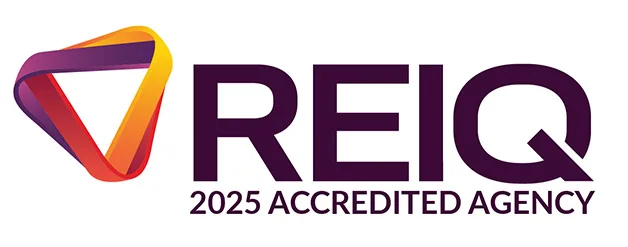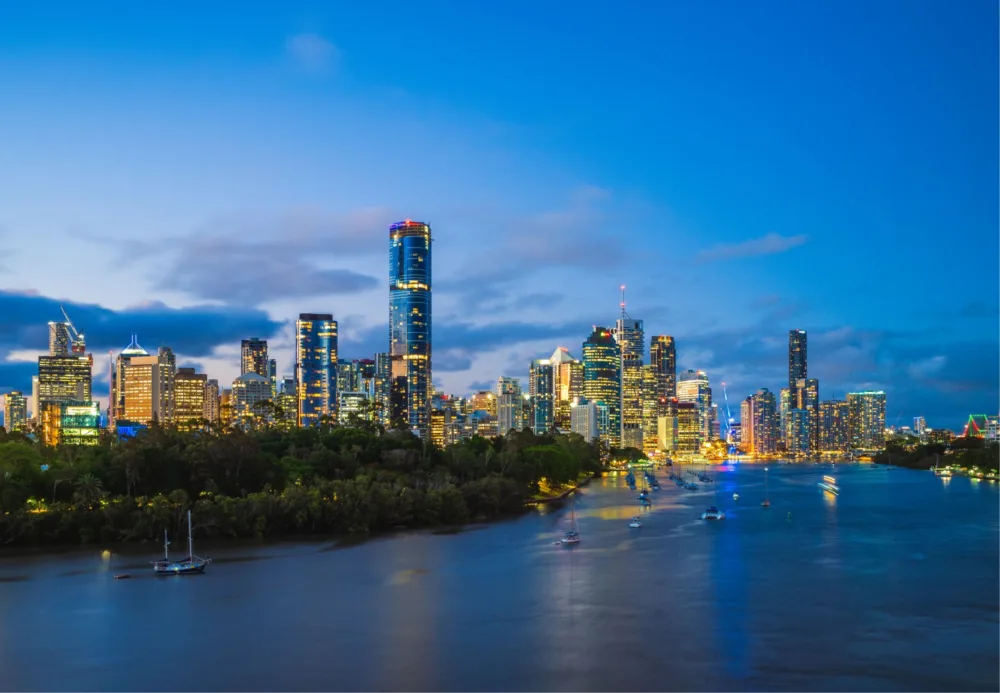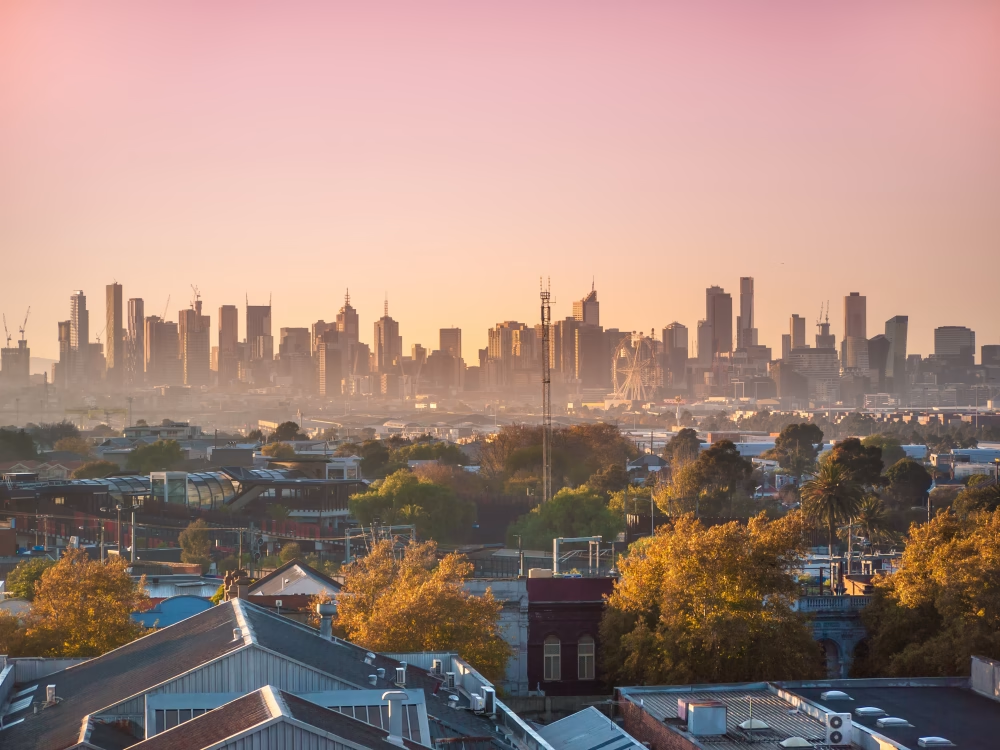
January 31, 2022
FOR YEARS we have been hearing that Brisbane’s property market was due for a boom, but it seems that the city’s turn has finally come.
The latest CoreLogic data found that growth in housing values around Australia continues to slow; however, Brisbane is one of only two cities – Adelaide being the other – showing no sign of a slowdown in price growth. Over December, Brisbane had the most robust growth of 2.9%, followed by Adelaide at 2.6%, and Hobart at 1%.
According to CoreLogic, Regional Queensland was the top performer in Australia outside the capital cities in December, with prices up by 2.4%. In addition, they found the Sunshine Coast was the third-highest regional performer in the country over 2021, with housing values up by a massive 33.7%, just behind the two frontrunners, with the Southern Highlands and Shoalhaven tying at 37.7%.
Property price growth in South East Queensland, particularly in Brisbane and the Sunshine Coast, is expected to continue over 2022, even as other cities continue to slow. As a former Sydneysider, this market feels like Sydney’s boom in the late 90s/early 2000s. So we expect this year to be strong in SEQ – maybe not at the same levels as 2021, but solid nonetheless.
But why? Which growth drivers will continue to push SEQ to new heights?
The key is demand
Since November 2020, the market in SEQ has been white-hot and the most active I have seen in the five years I’ve been buying here. Early indications are there is no sign of buyer demand slowing; in fact, it’s the opposite. There is intense competition for homes across all price points from both owner-occupiers and investors, with the latter taking a more prominent role this year.
There are plenty of Queenslanders that want to buy a property, but there are also plenty more looking to move from other states, particularly now that the Queensland border has come down.
According to the Australian Bureau of Statistics, over the 12 months to the end of March 2021, Queensland recorded the highest population growth rate of all the states and territories in Australia of 0.9%, significantly higher than the national average of 0.1%.
Net interstate migration was where most of the growth came from, with 30,785 people moving to Queensland. Interstate migration and, in turn, overall population growth will be much more robust in 2022 if the state borders stay open throughout the year.
Many are looking to move to SEQ due to COVID and seek out a better lifestyle offered in our state, including weather and beaches. As a capital city, Brisbane will attract a significant proportion of people moving from interstate, but with the rise in working from home and a growing preference for regional lifestyle areas, the Sunshine Coast will also be a big beneficiary.
Another critical factor attracting interstaters to SEQ is affordability. Property in Brisbane and the Sunshine Coast is much cheaper than other the southern capital cities.
According to the latest CoreLogic data, Brisbane’s median property value was $683,552 at the end of 2021, compared to Sydney’s at $1,098,412 and Melbourne’s at $795,108.
Meanwhile, recent Domain data shows the Sunshine Coast’s median house price was more than 40% lower than Sydney and 15% lower than Melbourne.
Greater affordability means SEQ will appeal to more buyers, leading to higher demand, which will lead to more growth.
It also means, however, there is more room to grow. In the southern cities, many buyers are priced out of the market, with significant growth leading to declining affordability, and the scope for further growth is now limited. Buyer demand in SEQ will be further boosted as the region grows as a desirable destination, with plenty of infrastructure on the way.

The Sunshine Coast is appealing for its laid back beachside lifestyle







